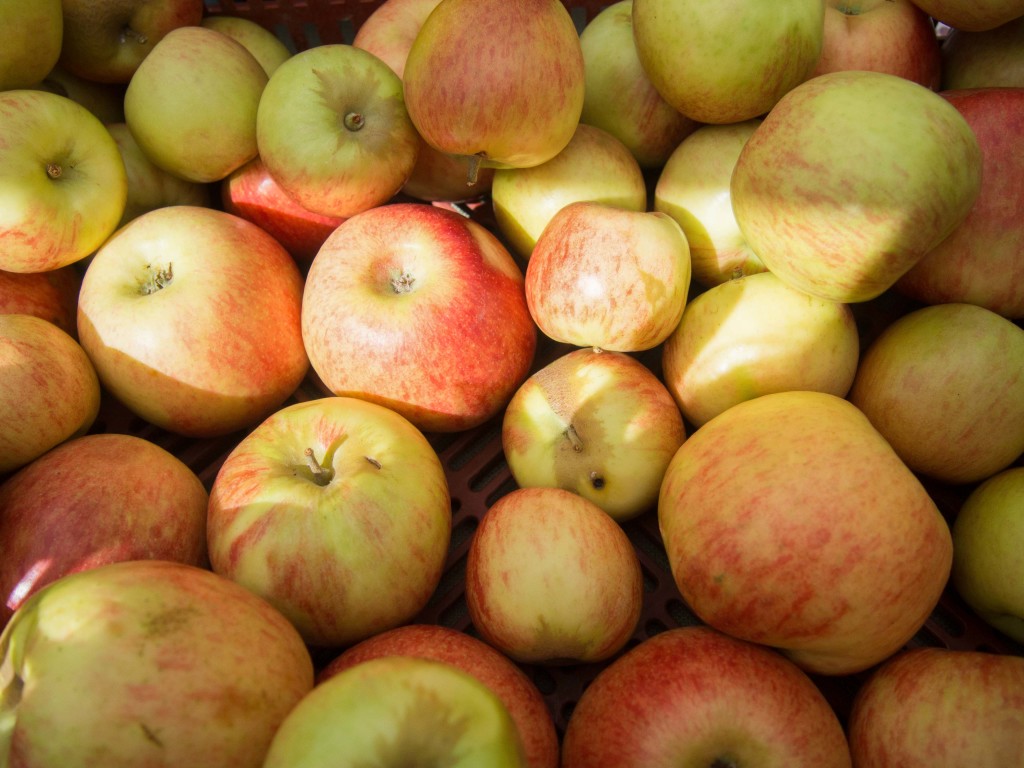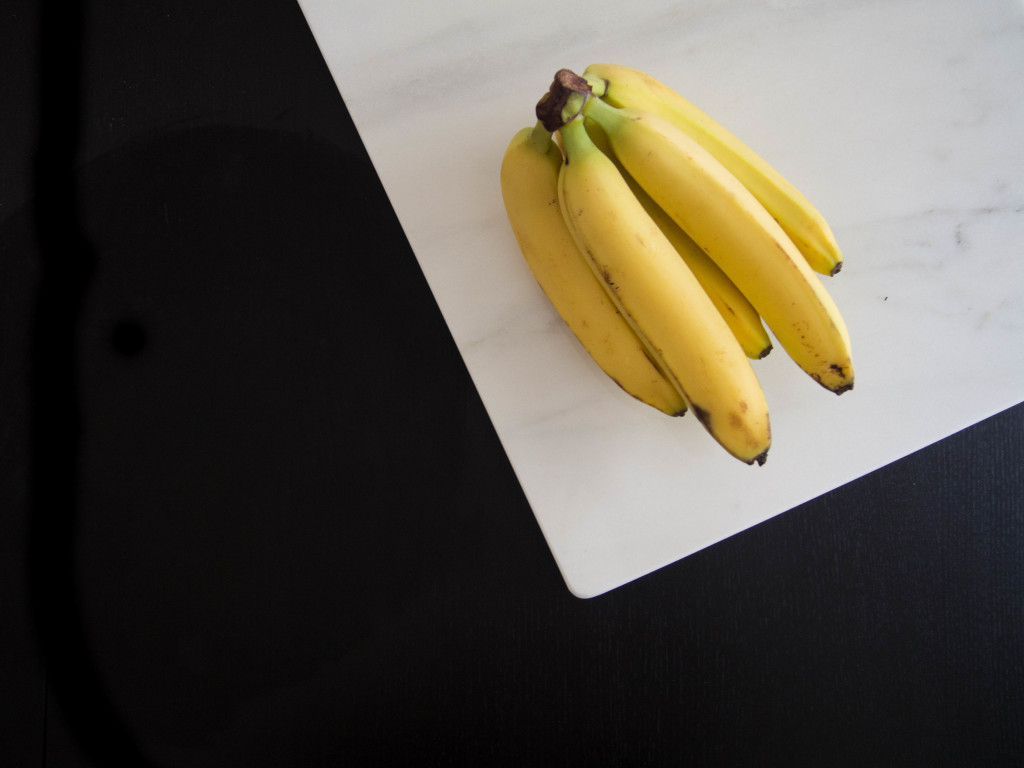While fruit is generally considered to be a healthy food group, fruits are actually packed with sugar. Fruits primarily contain fructose, and fructose is about 1.5 times sweeter than glucose, which is in table sugar.
Here’s a quick run-through of how much sugar is actually in 1 serving of some common fruits, from lowest to highest sugar content.
All information courtesy of the FDA.
Avocado, lemon, lime:

Photo by Luna Zhang

Photo by Luna Zhang
These 3 fruits have very low sugar content, so feel free to load up on them.
Strawberry: 8 g

Photo by Luna Zhang
Surprisingly, strawberries rank relatively low on the sugar content spectrum, so help yourself to another handful at the supermarket.
Pineapple: 10 g

Photo by Caroline Liu
Though the process of buying and chopping up a pineapple may seem daunting, let us simplify the process for you so you can enjoy this low-sugar fruit.
Watermelon: 10 g

Photo by Tess Wei
The ultimate juicing fruit, try watermelon in a refreshing agua fresca, margarita, or just the juice by itself.
Apple: 12.5 g

Photo by Luna Zhang
An apple a day will keep the doctor away… But bear in mind its sugar content: Don’t eat your daily serving of fruit in apple pies.
Peach: 13 g

Photo by Sarah Strohl
Peaches go well with a variety of other fruits. Try them with lemons, a low-sugar fruit, in this butter cake recipe.
Orange: 14 g

Photo by Luna Zhang
Oranges are awesome: We drink them as OJ during childhood and shift to mimosas in adulthood.
Pear: 16 g

Photo by Luna Zhang
Pair pear juice (pun intended) with any other fruit juice for a refreshing drink.
Sweet cherry: 16 g

Photo by Laura Palladino
Sweet cherries are ripe in April, so welcome spring with this cherry berry pie.
Banana: 19 g

Photo by Luna Zhang
Surprisingly, though bananas aren’t traditionally a sweet fruit, their sugar content is relatively high on this list.
Grape: 26 g

Photo by Luna Zhang
These bite-sized fruits tend to go quick, so be mindful while snacking on them.
Of course, fruits are a major food group and an essential part of our diet. The USDA recommends at least 2 cups of fruit per day. However, keeping in mind their actual sugar content, make sure to never overdo fruit as dessert!


